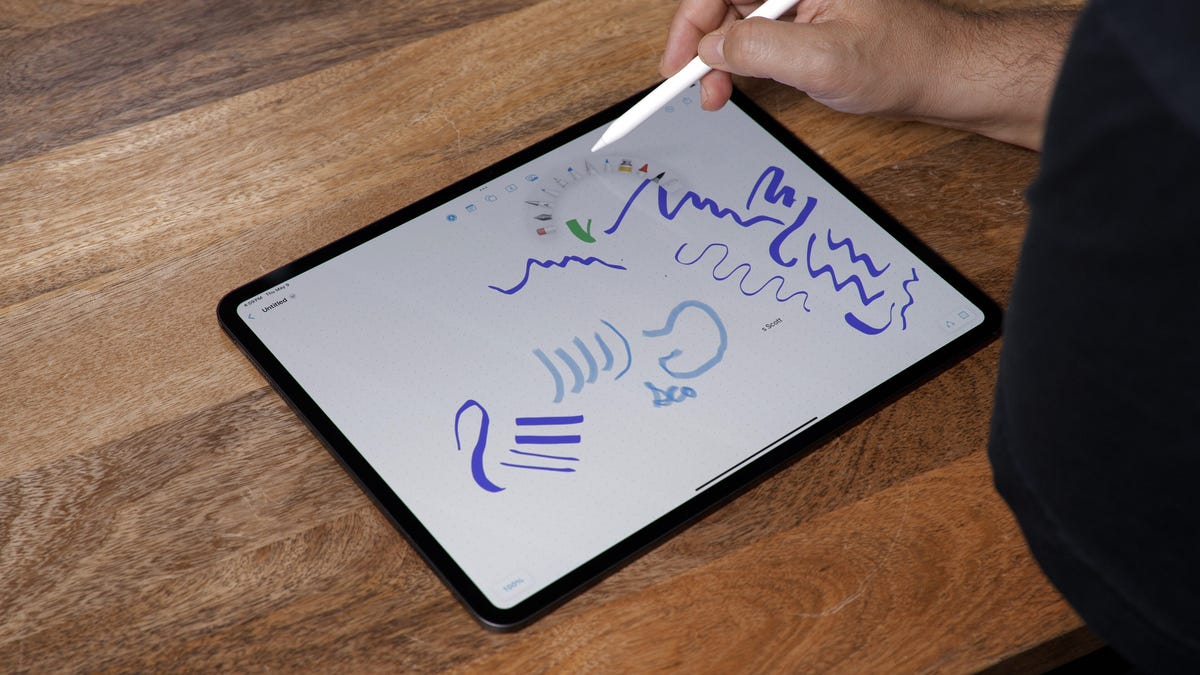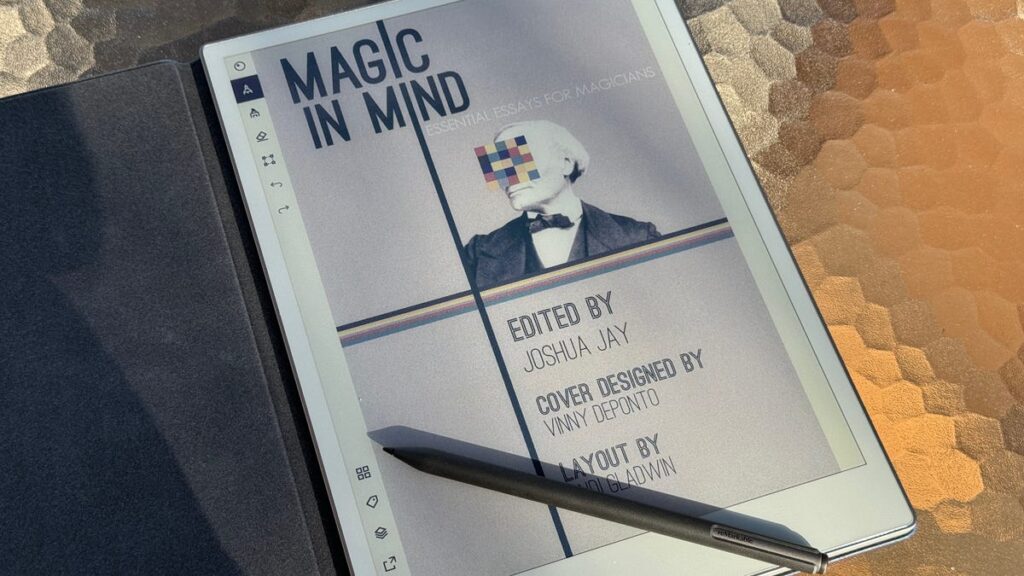I’ve been putting off editing a science fiction novel I wrote a few years ago. Honestly, the process of rewriting is scary. I don’t like staring at a computer screen with very long drafts, and I don’t print enough of my work. Instead, I used ReMarkable’s newest color E Ink tablet, the ReMarkable Paper Pro, to reread the draft. ReMarkable Paper Pro is a $579 technology product focused solely on replacing pen-on-paper for marking up notes, art, or documents. The process was very comfortable and felt like I was working on paper. I’m still procrastinating on rewriting, but I realized that iPad It doesn’t seem like the perfect annotation device for me right now, but ReMarkable is somehow perfect.
Why is this? Why do color E Ink tablets feel so good to use? It’s mainly because a few things go right.
The feel of pen and paper is perfect
very similar to The last ReMarkable tabletI appreciated the constant friction between the stylus and screen. Technically, Apple’s Pencil Pro has different nuances of control, but the ReMarkable stylus feels more realistic and more analog. As the stylus tip moves over the matte surface, it has a scratch-type texture, which also means you can apply more pressure with the stylus, translating into crisper handwriting.
On the iPad, the shiny movement of the Pencil across the display doesn’t help my handwriting at all. There’s also a separately sold screen cover that adds a matte texture (Apple also offers a matte nano-texture option for Pro tablets). But the iPads that exist today, with their glass displays and Pencils, don’t work very well as writing tools. ReMarkable’s screen textures feel more immediate and tactile. I stop thinking about my writing process and just write. Layers of thought are removed. Also, while working, the screen and stylus feel very close, and there is no sense of layering. It doesn’t slow me down.
I used it for my child’s high school back-to-school night. Quickly taking notes on class content felt just as fast as writing in a notebook. I’ve never felt that speed when using Pencil on my iPad.

Even a small markup on a document feels pretty effortless.
Simple and consistent functionality
ReMarkable Pro doesn’t try to do too much. That may be its biggest attraction. Once you open a document or a new page and start doodle or write, you’ll find that markup is super easy. ReMarkable has several tools for moving and drawing text, choosing several brush types, and erasing and undoing your work. It’s not overloaded, it’s always the same.
One thing I find a little strange about the iPad when using the new Pencil Pro is that the interface changes depending on the app. Apple has its own palette of tools that you squeeze to open, but they only appear in certain supported Apple apps and not throughout the OS. Additionally, some apps handle Pencil functionality and even the nature of Pencil interactions differently. I find myself using the Pencil less on my iPad. Maybe it’s because I’m not an artist. However, the annotating and note-taking aspects also don’t appeal to me. I’d rather use the keyboard.
With ReMarkable Pro, the opposite is true. ReMarkable sells a standalone keyboard case that elegantly unfolds to provide a compact keyboard suitable for writing on the go, but I’m not a fan of it. Typing on the E Ink screen feels slower than on the iPad. But on the other hand, handwriting feels much more direct and engaging than on the iPad.

Using the ReMarkable Paper Pro on a plane made me appreciate the backlight even more.
Color and backlighting are a welcome luxury
The Pro’s 11.8-inch color display is something other E Ink tablets are starting to dabble with. Amazon finally Color E Ink Kindle. Amazon also has Scribe, a second-generation note-taking E Ink tablet similar in spirit to ReMarkable’s tablet.
But ReMarkable Pro adds the best of both worlds, supports both a stylus and a backlit color display, giving it one edge over Amazon. Although it’s a premium product compared to Kindle Scribe, color also has its advantages. Although the color display isn’t as vibrant as a regular LCD smartphone or tablet screen, it’s very useful because it can display images and show multicolored highlights. The backlight isn’t particularly bright, but it’s good enough for use anywhere you need to see what you’re working on, like on an airplane or in bed at night.
These additions make the Pro a little thicker and a little less shockingly slim than the previous ReMarkable 2. But it’s still a very compact device to throw in your bag, and it’s much lighter and thinner than an iPad…but it’s a piece of technology that feels long, almost like a legitimate pad.

The Apple Pencil Pro has a lot of additional hover features, but the on-screen writing experience on the iPad isn’t as great for me.
Apple may improve the relationship between iPad and Pencil
It’s clear that the Pencil is a bigger part of Apple’s iPad marketing than ever before, and the Pencil’s own technology continues to improve. But after trying out the new ReMarkable tablet for a month, I realized there was still something missing in the feel of the iPad and Pencil. It’s a little bit of hardware, a little bit of software, and a little bit of an OS.
To be clear, ReMarkable tablets have a number of limitations. For example, it syncs with Google and a cloud service, but requires you to load documents into that ecosystem through a browser on another device (plus, ReMarkable’s cloud service comes with an additional $3 monthly premium subscription fee). ). There’s not much you can do except read, annotate, write, and sketch. But if you really want a note-taking tablet that’s focused purely on handwriting and single-focus work, Apple still has a lot to learn from the ReMarkable experience.


